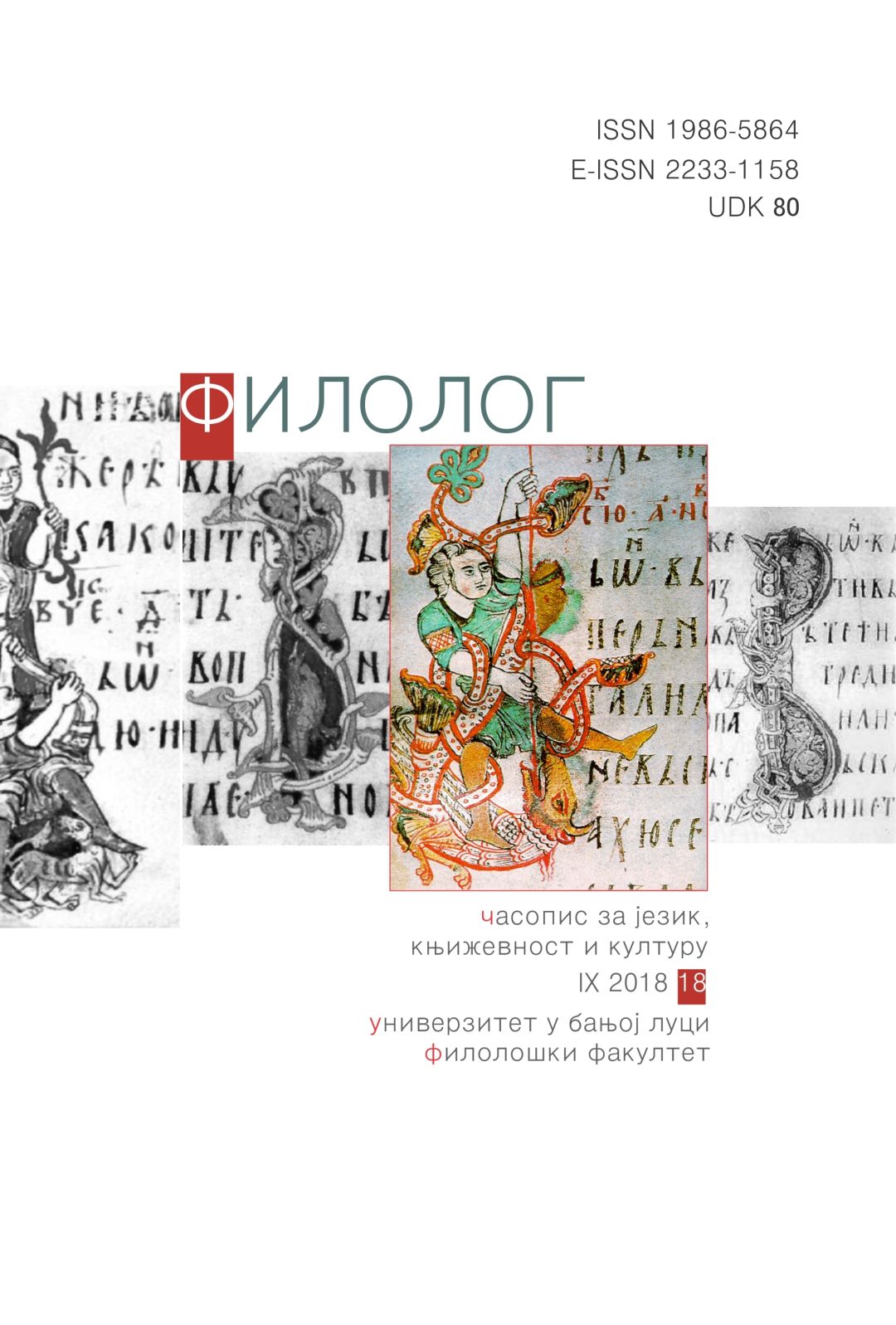Prevodna leksikografija – frazeološki rečnici i njihova struktura
Translational Lexicography – Phraseological Dictionaries and Their Structure
Author(s): Božinka M. PetronijevićSubject(s): Language studies, Foreign languages learning, Applied Linguistics, Philology
Published by: Филолошки факултет Универзитета у Бањој Луци
Keywords: phraseme/phraseologism/phraseo-lexeme as lexical unit; typology of phrasemes; text 1 (original) and text 2 (translation); external valency; internal valency; verbal phraseme.
Summary/Abstract: This paper aims at explaining, in theoretical terms, the notion of the interlingual phraseological dictionary as being both contrastive (systemic) and translational, and at defining the differences between the two within the frame of translational lexicography. It is centred around the notion of phraseme/phraseologism/phraseo-lexeme as a lexical unit (LU) in the form of phrase as a formative and a meaning, usually one, as a hieararchically defined semantic structure attached to it. Depending on the nucleus of the formative, the following phrasemes: verbal, nominal, adjectival, adverbial, prepositional, and others featuring verbal structures are the most frequent phraseologisms. In terms of the contrastive lexicon, phraselogisms appear both in the source language (SL) and the target language (TL) as corresponding (absolute equivalence) or partly corresponding structures (partial equivalence), without a text or with the original text only (two dictionaries of this kind are the subject of our analysis). The translational dictionary consists of two sections: the systemic one in SL and TL, and the original text and its translation; in it, phrasemes always appear in appropriate grammatical forms that confirm or negate the systemically stated LU and its form in SL and TL.
Journal: Филолог – часопис за језик, књижевност и културу
- Issue Year: 2018
- Issue No: 18
- Page Range: 13-29
- Page Count: 17
- Language: Serbian

